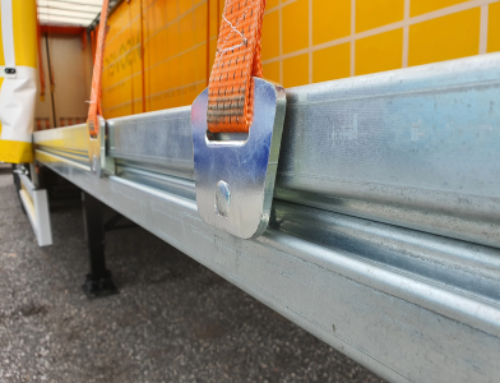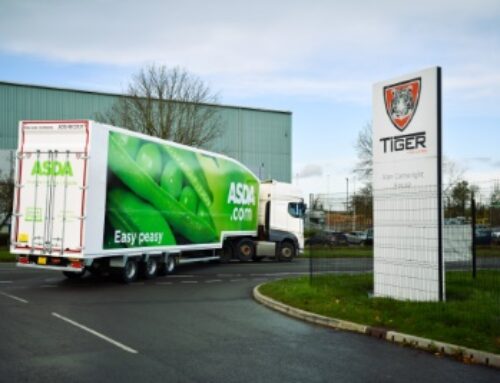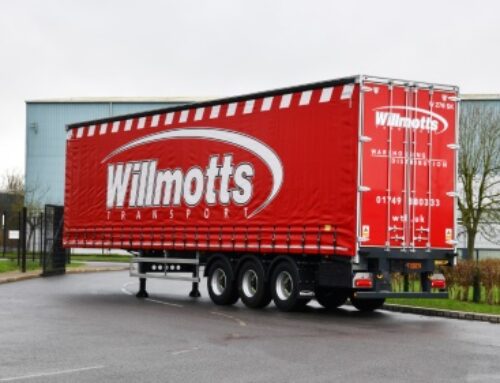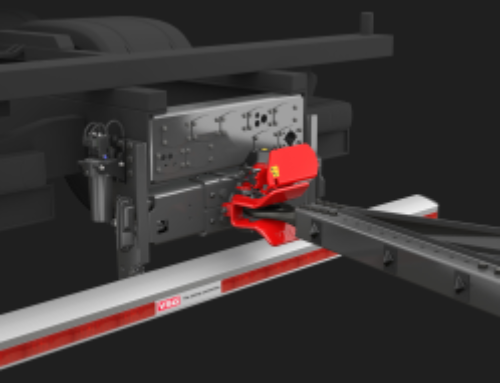Making safety the priority in DVS decisions
 Vernon Bonser, sales director at equipment provider VisionTrack, says a longer-term approach will be required to safeguard London’s road users
Vernon Bonser, sales director at equipment provider VisionTrack, says a longer-term approach will be required to safeguard London’s road users
As the rush to achieve Direct Vision Standard (DVS) compliance gathers pace, the actual reason behind the legislation seems to be increasingly overlooked by transport operators and technology providers alike.
The regulations have been developed for one reason only, to protect vulnerable road users, so it is essential not to make this a tick-box exercise to simply keep vehicles on the road, and instead use it as a chance to drive fleet safety best practice.
There is an opportunity to make a genuine difference in London by minimising the dangers that are disproportionately faced by cyclists, motorcyclists and pedestrians using the road network.
This will, however, require taking a joined-up approach as part of a longer-term safety strategy that not only encompasses compliance and in-vehicle aids, but also targets ongoing risk reduction and driver engagement.
Transport operators will also need to have one eye on the first DVS review in 2024 and other evolving standards to ensure any safety system remains fit for purpose.
The DVS review will investigate supplementary technology or safety equipment either not included in the initial specification or not currently available, with any proposed changes subject to public consultation in 2022.
It will also see the minimum star rating increase, with zero, one and two-star rated vehicles needing to install an updated progressive safety system.
While it is impossible to predict the exact nature of future developments, we can be sure there will be an impact.
Transport for London’s initial estimation suggested that over half of vehicles over 12-tonnes do not meet the one-star DVS rating, while approximately three-quarters of off-road tippers used in the construction sector are zero-star rated. If this evaluation is broadly accurate then we can determine that the number of vehicles affected now and moving forward is significant.
 The safety system and the subsequent progressive safety system have been designed to provide the time required for the next generation of cab designs to be available and for operators’ fleet turnover. For the large number of current zero, one and two-star-rated vehicles, we can expect far more stringent requirements in 2024, which may result in a far more comprehensive camera system and supporting safety equipment.
The safety system and the subsequent progressive safety system have been designed to provide the time required for the next generation of cab designs to be available and for operators’ fleet turnover. For the large number of current zero, one and two-star-rated vehicles, we can expect far more stringent requirements in 2024, which may result in a far more comprehensive camera system and supporting safety equipment.
In fact, even within the current legislation, transport operators of vehicles rated at one star or above are already being encouraged to fit voluntarily additional safety features, so it may be worth considering the potential benefits of futureproofing fleets now.
The FORS Standard – and as a result CLOCS and WRRR requirements – has also been aligned with the DVS safe system improvements for right-hand drive vehicles, making it possible for Silver and Gold members to obtain a DVS permit without fitting additional equipment.
If gaining FORS is a future aspiration, then the most sensible way of tackling this is to factor in all compliance needs before opting for a preferred safety system.
Certain sites in London enforce FORS, CLOCS or WRRR specifications and in these instances DVS compliance will not be enough for vehicles to enter, so it is important to understand a vehicle operation’s current and potential activity within the capital.
There is also a host of recommended technology that is not yet mandatory for certain standards, such as front and right-side cameras, which may become a requirement at some point. In particular, the ability to record footage is already recommended for FORS Silver and needed for FORS Gold, making a mobile DVR an essential addition to any safety system.
Road safety should never be an afterthought for transport operators. However, it is important not to be pushed into a rapid DVS decision without appropriate consideration by misinformation and scaremongering. There is still time to make the right choice – based on accurate guidance and individual requirements – as part of their ongoing health and safety commitments and business strategy.
Also, it is critical to consider upgrade paths and the compatibility of any DVS solution with potential future requirements to protect against unnecessary and costly technology overhauls in the future.











